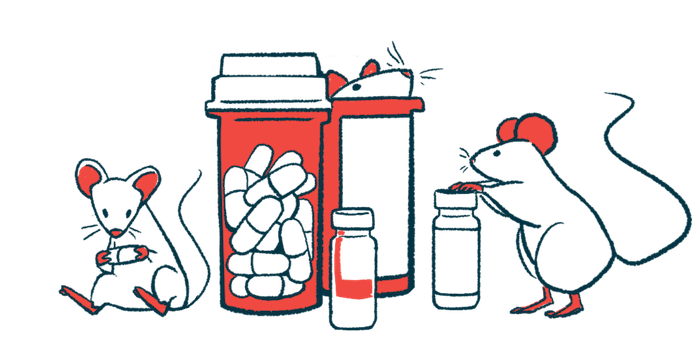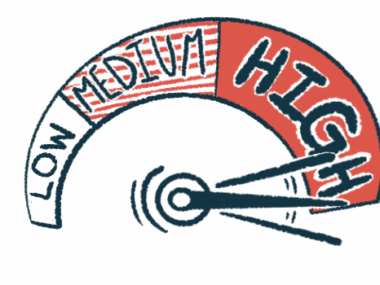Low Dose IL-2 Improves Salivary Gland Function in Sjögren’s Mouse Model
Signaling protein may be used as part of combo therapy in treating disease
Written by |

A low dose treatment of interleukin-2 (IL-2), an immune signaling protein, improved salivary gland function in a Sjögren’s syndrome mouse model, but it didn’t reverse immune-mediated structural damage to the glands, a study showed.
Although IL-2 may improve salivary gland function in Sjögren’s, combining it with other immunomodulatory therapies may be needed to preserve gland function and structure, the researchers noted.
The study, “Low-dose interleukin-2 can improve salivary secretion but not lymphocyte infiltration of salivary glands in a murine model of Sjögren’s syndrome,” was published in BMC Immunology.
In Sjögren’s syndrome, the immune system mistakenly attacks and damages the glands that produce tears and saliva, leading to the hallmark symptoms of dry eyes and mouth.
Studies suggest Sjögren’s is driven by an imbalance between Th17 cells — pro-inflammatory immune cells implicated in various autoimmune and inflammatory disorders — and Treg cells, a subtype of T-cells that suppress immune responses and help keep the immune system in check.
IL-2 is an immune signaling protein (cytokine) that regulates immune cell activity. It can promote Treg cell expansion and restore immune balance. It’s already been tested at low doses as a treatment for other autoimmune conditions such as lupus.
However, whether a low dose IL-2 treatment regimen can protect the structure and function of salivary glands in people with Sjögren’s hasn’t been known. To evaluate its therapeutic potential, researchers in China used it to treat a mouse model of Sjögren’s.
“The aim of this study was to determine whether IL-2 could improve the structural and functional damage of the exocrine glands of mice with [Sjögren’s syndrome],” the researchers wrote.
Five-week-old mice received subcutaneous (under-the-skin) injections of IL-2 (25 nanograms per gram of body weight) once daily for six days and every four days thereafter. It was stopped for a short-term treatment group when animals reached nine weeks (about two months). It was maintained in a long-term group until the mice reached 23 weeks (about five months).
The body weight of healthy control mice increased rapidly over time and was higher than in Sjögren’s mice that received either short- or long-term treatment. There was no difference in body weight between Il-2-treated mice.
Changes in salivary gland function
Saliva flow rate, a measure of salivary gland function, was high in healthy control mice, but low in both treated and untreated Sjögren’s mice. After animals reached 14 weeks (about three months), saliva flow rate became significantly higher in treated Sjögren’s mice than in untreated ones.
Compared with controls, the proportions of Treg cells found in the lymph nodes and spleen of Sjögren’s mice were unchanged or decreased. After IL-2 treatment, Tregs in these tissues increased.
IL-2 treatment didn’t reduce the proportion of CD8-positive T-cells, an immune cell that kills other cells infected with viruses, but is also involved in various autoimmune responses. In fact, the proportions of these cells in the spleens of Sjögren’s mice in both the long- and short-term treatment groups were significantly increased.
Low-dose IL-2 also failed to alleviate immune-mediated damage of the submandibular salivary gland in Sjogren’s mice, and didn’t halt the influx of immune cells into these glands.
Lastly, the team tested the effects of low-dose IL-2 on the levels of various immune signaling molecules. Regardless of long- or short-term treatment, there was no statistically significant difference in any of these molecules between treated and untreated Sjogren’s mice.
“Low-dose IL-2 may be a potential treatment for improving salivary gland function in [Sjögren’s syndrome] patients,” the researchers wrote. “If the disease is further controlled or the structure of the gland is preserved, combination therapy with other immunomodulatory drugs may be a more prudent option.”






